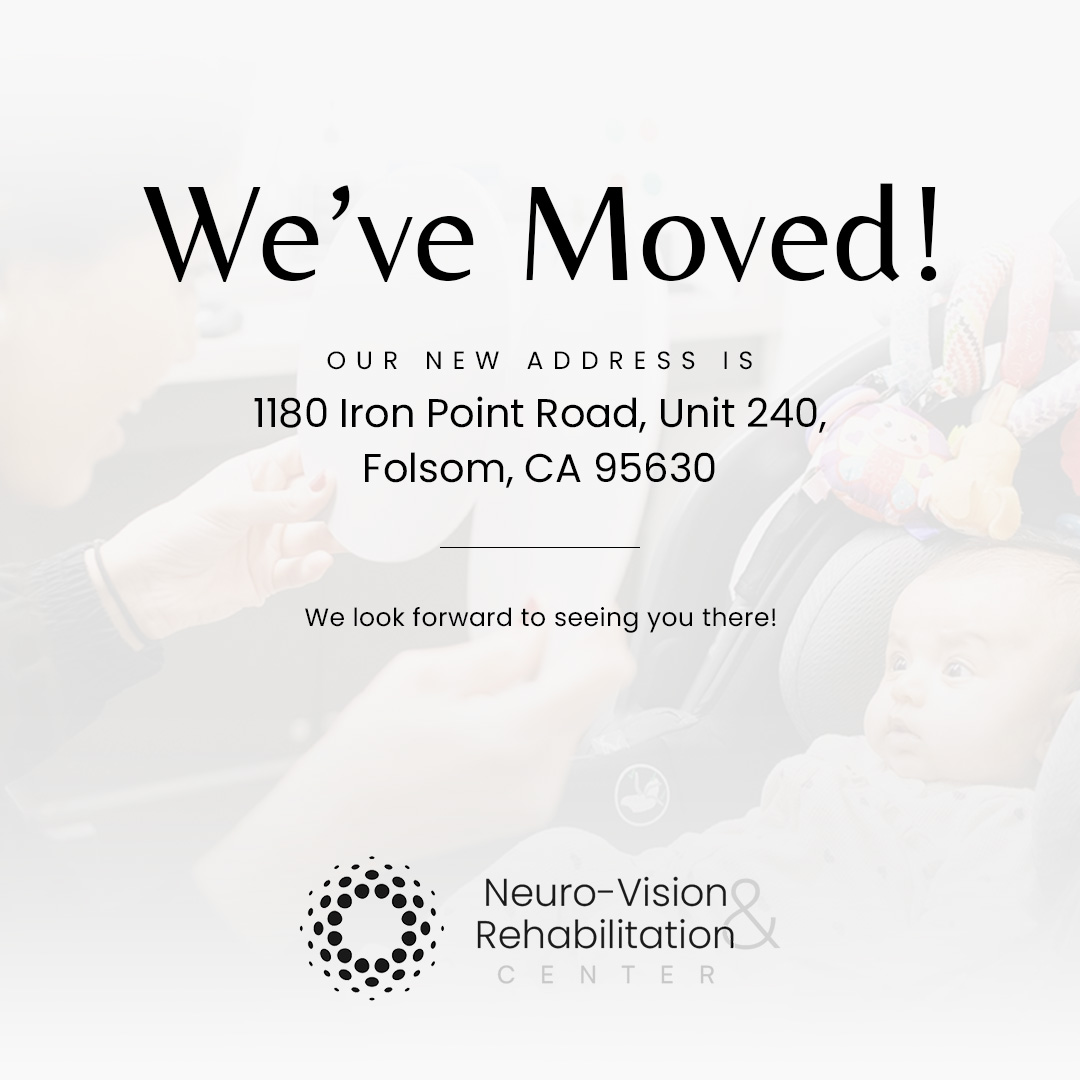
Vertigo is more than the occasional dizzy spell. For many people, it’s a persistent and debilitating condition that impacts balance, focus, and overall quality of life. While vertigo is often thought of as an issue solely related to the inner ear, research shows that the visual system also plays a significant role. When inner-ear and visual dysfunction occur together, the result can be chronic, ongoing vertigo that is especially difficult to manage without specialized care.
The Inner Ear’s Role in Balance
The vestibular system, located in the inner ear, is responsible for detecting movement, head position, and spatial orientation. Structures like the semicircular canals and otolith organs send signals to the brain about how your head is moving and whether you’re upright, tilting, or turning. When the inner ear is not functioning properly, the brain receives distorted messages, leading to sensations of spinning, imbalance, and dizziness.
The Visual System’s Connection to Vertigo
Vision is another critical component of balance. The brain constantly compares information from the eyes with signals from the inner ear. For example, when you move your head, your eyes make quick adjustments to maintain a stable gaze. If the visual system is impaired, such as through binocular vision dysfunction, eye teaming problems, or delayed visual processing, the brain struggles to interpret and reconcile these signals, which can cause dizziness and disorientation.
How Combined Dysfunction Triggers Chronic Vertigo
When both the vestibular and visual systems are compromised, the brain faces conflicting messages. The inner ear might indicate one type of movement, while the eyes send a different signal. This sensory mismatch confuses the brain and often results in ongoing vertigo, nausea, or a sense of being “off balance.”
Over time, these symptoms can become chronic, making it difficult to perform daily activities, concentrate, or even walk comfortably in busy environments like grocery stores or crowded hallways.
Symptoms You Might Notice
Patients experiencing combined vestibular and visual dysfunction often report:
• Frequent dizziness or spinning sensations
• Headaches triggered by visual tasks
• Difficulty focusing on moving objects
• Sensitivity to light or busy visual environments
• Trouble with balance when walking, especially in the dark
These symptoms can significantly reduce independence and quality of life if left untreated.
Effective Approaches to Treatment
The good news is that chronic vertigo caused by combined inner-ear and visual dysfunction can often be managed with targeted therapies. At Neuro-Vision & Rehabilitation Center, our approach may include:
• Vestibular rehabilitation therapy to retrain the inner ear and brain for improved balance.
• Neuro-optometric rehabilitation to address visual dysfunction, including eye teaming, focusing, and tracking.
• Customized treatment plans that combine both therapies, ensuring that the brain learns to integrate visual and vestibular input more effectively.
By addressing both systems together, patients often experience significant relief from vertigo and regain confidence in their daily activities.
Reclaim Your Stability and Confidence
Chronic vertigo is rarely caused by just one system alone. The inner ear and visual system work hand in hand to keep us steady and oriented. When either is impaired, it can lead to life-altering symptoms. Fortunately, with the right combination of vestibular and visual rehabilitation, lasting relief is possible.
If you’ve been living with chronic vertigo, contact Neuro-Vision & Rehabilitation Center to schedule a binocular vision assessment and discover a treatment plan tailored to your needs. Visit our office in Folsom, California, or call (279) 321-9059 to book an appointment today.












